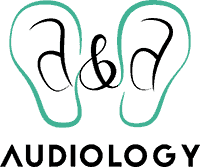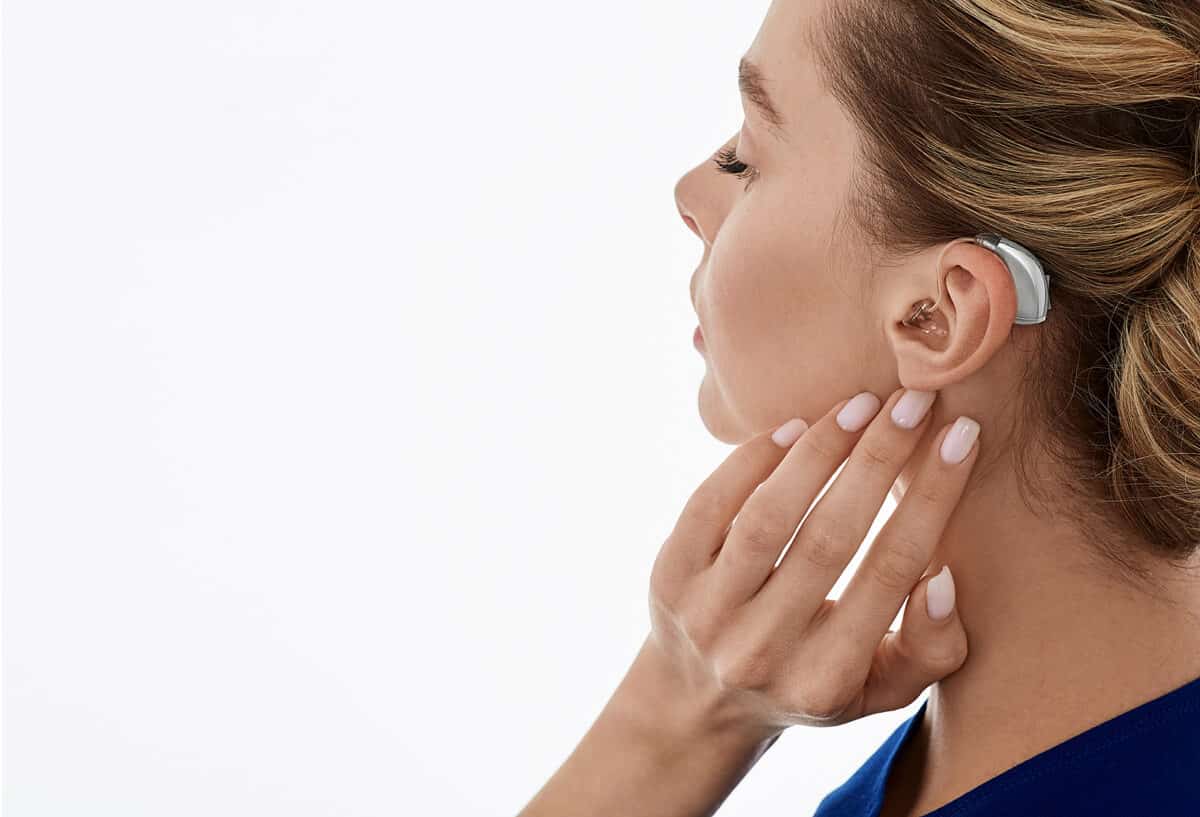- The Connection Between Hearing Loss and Dementia - July 30, 2024
- The Advantages of Rechargeable Hearing Aids - July 16, 2024
- How to Enjoy Music Festivals While Protecting Your Hearing - July 3, 2024
The types of hearing loss that arrive later in life are due to the natural aging process and excessive noise exposure. And while experts are sending out warning signals on hearing loss in youth due to excessive noise, age actually remains the strongest predictor of hearing loss.
One-third of people over the age of 65 live with hearing loss while half of people over 75 years of age deal with the ongoing health condition.
Today, the generation of folks confronting hearing loss are the same ones who spent hours listening to records in high fidelity sound, popularized in the 1960s and 70s and ushered in the age of the WalkMan in the 1980s. Streaming audio and entertainment, a deeply embedded way of participating in culture, remain important pieces of a vibrant life to these folks.
What is an Assistive Listening Device?
By shoring up listening habits with assistive listening devices (ALDs), hearing loss won’t stand in the way of your hobbies. These are typically available and marketed to the general public without the need of a prescription. Assistive Listening Devices are tools used to amplify and clarify audio in a variety of settings and often — but not always — interface with hearing aids.
How to use an ALD
These helpful devices can be used in private and public settings. Assistive listening devices in the home can both deliver high quality audio to the ears of a person with hearing loss directly from a television or stereo. They attend to the needs of the person with hearing loss and can also help to maintain family time centered around enjoying film, television and music because the high volumes needed by people with challenged hearing won’t disrupt people without hearing loss who want to enjoy a quieter volume.
In public, they can be used to dispatch sound from a speaker’s microphone into the hearing aids of folks who have trouble hearing at large group presentations, like at a conference or lecture.
You don’t even really need hearing aids to partake in some ALD technology. Some people use assistive hearing devices as the precursor to hearing aids. While they aren’t ready to integrate wearing hearing aids into their daily life, deciphering dialogue in films and tv shows at home has become difficult. ALDs that boost your capacity to hear audio from the television can be a great place to begin intervening in hearing loss and it might save a few arguments over volume, too.
Types of ALDs
Bluetooth
A majority of today’s hearing aids are equipped with Bluetooth technology. That means that you can directly stream audio from other Bluetooth-equipped devices directly to your hearing aids. Smart televisions, audio
Purchasing a Bluetooth audio adapter, which is relatively inexpensive, is one way to stream audio from non-smart televisions and stereo systems.
On the horizon is a next generation type of Bluetooth. LE Audio will give users the same simplicity of audio streaming but at a highly reduced power consumption, making its use less hard on battery life.
FM or line-in options
An FM system is another method used in devices to wirelessly transmit sound. This can work for home entertainment, listening in noisy situations like a dinner party or at professional engagements like a conference or meeting.
Smart phones
Today’s smartphones can stream phone call audio directly to you. In this way your hearing aids are functioning as headphones. But they’re “headphones” calibrated to your specific pattern of hearing loss. What’s more, many manufacturers have smartphone apps that enhance the functionality of your hearing aids, allow you to control programs with a touch of a button and monitor successful usage.
T-coil and loop systems
By transmitting sound through a telecoil system, this type of ALD is most often found in meeting rooms, auditoriums, theaters, cinemas, places of worship and other public places. The Americans with Disabilities act requires that public spaces like government buildings, museums, and civic buildings be accessible to all and a T-coil is a device that helps support this aim.
Which device is right for you?
Between your pattern of hearing loss and the ways you enjoy spending time, adding assistive listening devices in addition to hearing aids can help to bridge the gaps left by declining hearing. Most audiologists work directly with companies that produce ADLs and your personal audiologist is the best resource. They are well-versed in the products and most importantly, are very familiar with your hearing loss patterns. Contact us today for more information.

